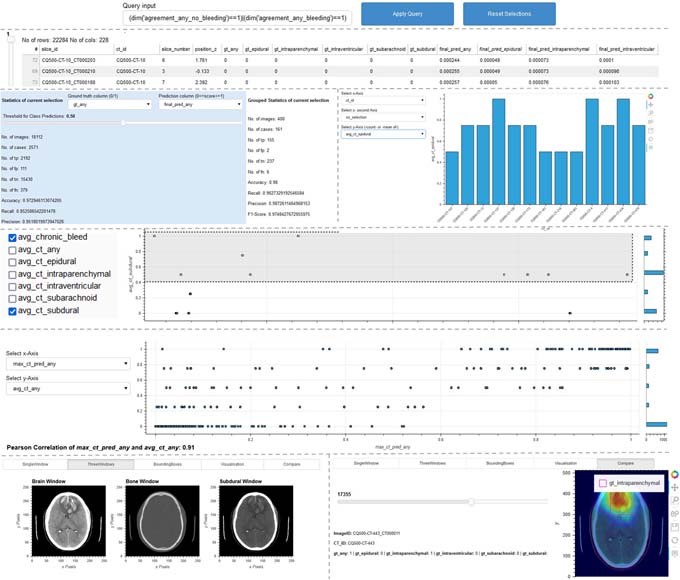Traditional brand Grether's in a new look
If you want to be heard, you have to communicate loud and clear - this applies to people as well as to brands. For decades, the traditional brand "Grether's Pastilles" has held its own in a heterogeneous market in which a wide variety of brands, from sore throat-soothing pastilles to fruit candies, fight for attention and market share.

In this dynamic competitive environment, the challenge for Grether's to differentiate itself in the market and remain relevant for consumers is growing.
Branders works with Grether's to sharpen the brand's positioning around the theme of a clear and strong voice - as the brand's primary promise to all consumers. This focus with broad appeal creates a strong foundation for rejuvenating and emotionalizing the brand's image and communication.
New communication measures
As part of this brand refresh, the existing visual attributes will be reviewed and revised with a view to creating a concise appearance. The brand name is also being shortened to "Grether's" in the interests of greater focus. The gentle re-design of various packaging - first and foremost the iconographic can - is done entirely in line with this focus and the harmonious use of the revised design elements.

With a view to communicating the positioning as a familiar, consumer-oriented brand, as well as the increased appeal to younger target groups, individual communication measures are being specifically redesigned - the headline "Balsam for throat and voice" inspired, among other things, a TV commercial created with Lukas Mäder and Shining Film. In it, the successful Swiss singer Anna Känzig lends her voice to the Grether's brand as a credible brand ambassador.
Responsible at Grethers: Uriel Frank (Head of Marketing), Aglaé Voetmann (Senior Brand Manager). Responsible at Branders: René Allemann (CEO & Creative Director), Marisa Güntlisberger (Director Omnichannel Experience), Philippe Knupp (Strategy Director), Thea Ferretti (Communications Director), Walter Tagliaferri (Advertising Director), Andrea Bissig (Senior Brand Designer), Palma Manco (Senior Brand Designer). Responsible at Shining Film: Leonardo Sanfilippo (Executive Producer & Partner), Yanik Müller (Senior Producer), Antonia Grosse (Line Producer), Sandra Vacić (Postproduction Coordinator), Lukas Mäder (Director and Photographer), Jonas Steinbacher (DoP), Simon Hardegger (Colourist), Nicolas Bechtel (Editor).









 The traditional family business Etter & Berno returns to its roots and is now called Berno again. For 50 years, Berno has been supplying customers from the Mittelland with fresh fruit and vegetables from local production. In recent years, the seasonal assortment has been constantly expanded. Together with an innovative team and imaginative partners, frozen, ready-to-eat, sweet and vegan specialties are also distributed.
The traditional family business Etter & Berno returns to its roots and is now called Berno again. For 50 years, Berno has been supplying customers from the Mittelland with fresh fruit and vegetables from local production. In recent years, the seasonal assortment has been constantly expanded. Together with an innovative team and imaginative partners, frozen, ready-to-eat, sweet and vegan specialties are also distributed.







 Recently, it became public that the major Swiss bank Credit Suisse is being taken over by UBS. This raises questions: To what extent has this caused uncertainty among the population? Which banks are benefiting from this takeover? Based on study data on the period before and after the takeover, the market research institute Link provides answers. Population-representative data from two survey waves are used for this purpose: Wave 1 took place shortly before the takeover was communicated, Wave 2 in the week after.
Recently, it became public that the major Swiss bank Credit Suisse is being taken over by UBS. This raises questions: To what extent has this caused uncertainty among the population? Which banks are benefiting from this takeover? Based on study data on the period before and after the takeover, the market research institute Link provides answers. Population-representative data from two survey waves are used for this purpose: Wave 1 took place shortly before the takeover was communicated, Wave 2 in the week after.





